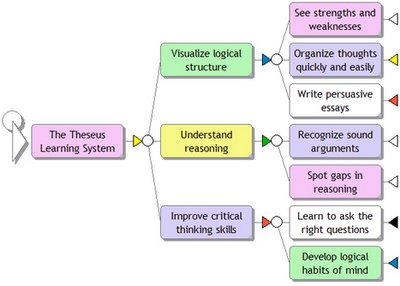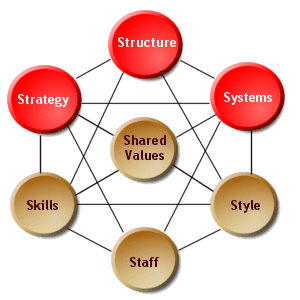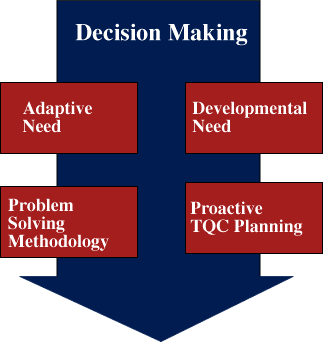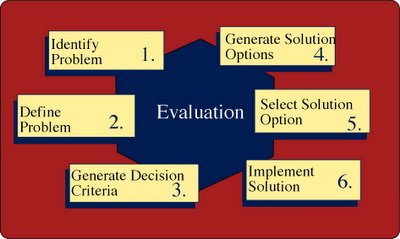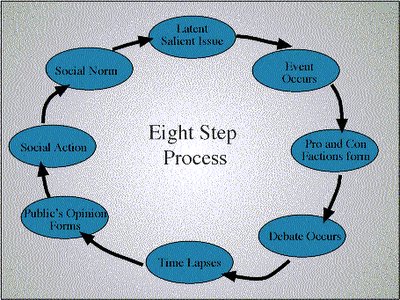de Bono's 'Six Thinking Hats'
to improve your thinking skills
      |
The 'Six Thinking Hats' is a quick, simple and powerful technique to improve your thinking. It does this by encouraging you to recognize what type of thinking you are using, and to apply different types of thinking to the subject.
Sounds strange? Take two minutes to expand your thinking skills…
We all use different types of thinking, usually without realizing it. For example, if we are feeling pessimistic about the situation, that is the only type of thinking we apply! This limits our ability to see all the issues.
 | The White Hat is cold, neutral, and objective. Take time to look at the facts and figures. |
 | The Red Hat represents anger (seeing red). Take time to listen to your emotions, your intuition. |
 | The Black Hat is gloomy and negative. Take time to look at why this will fail. |
 | The Yellow Hat is sunny and positive. Take time to be hopeful and optimistic. |
 | The Green Hat is grass, fertile and growing. Take time to be creative and cultivate new ideas. |
 | The Blue Hat is the color of the sky, high above us all. Take time to look from a higher and wider perspective to see whether you are addressing the right issue. |
You can also think of the hats as pairs:
White and Red
Black and Yellow
Green and Blue
Print out this page for reference, and next time you are thinking through an issue, try on de Bono's thinking hats. You'll soon find that they give you a quick, simple, and powerful technique to improve your thinking.

